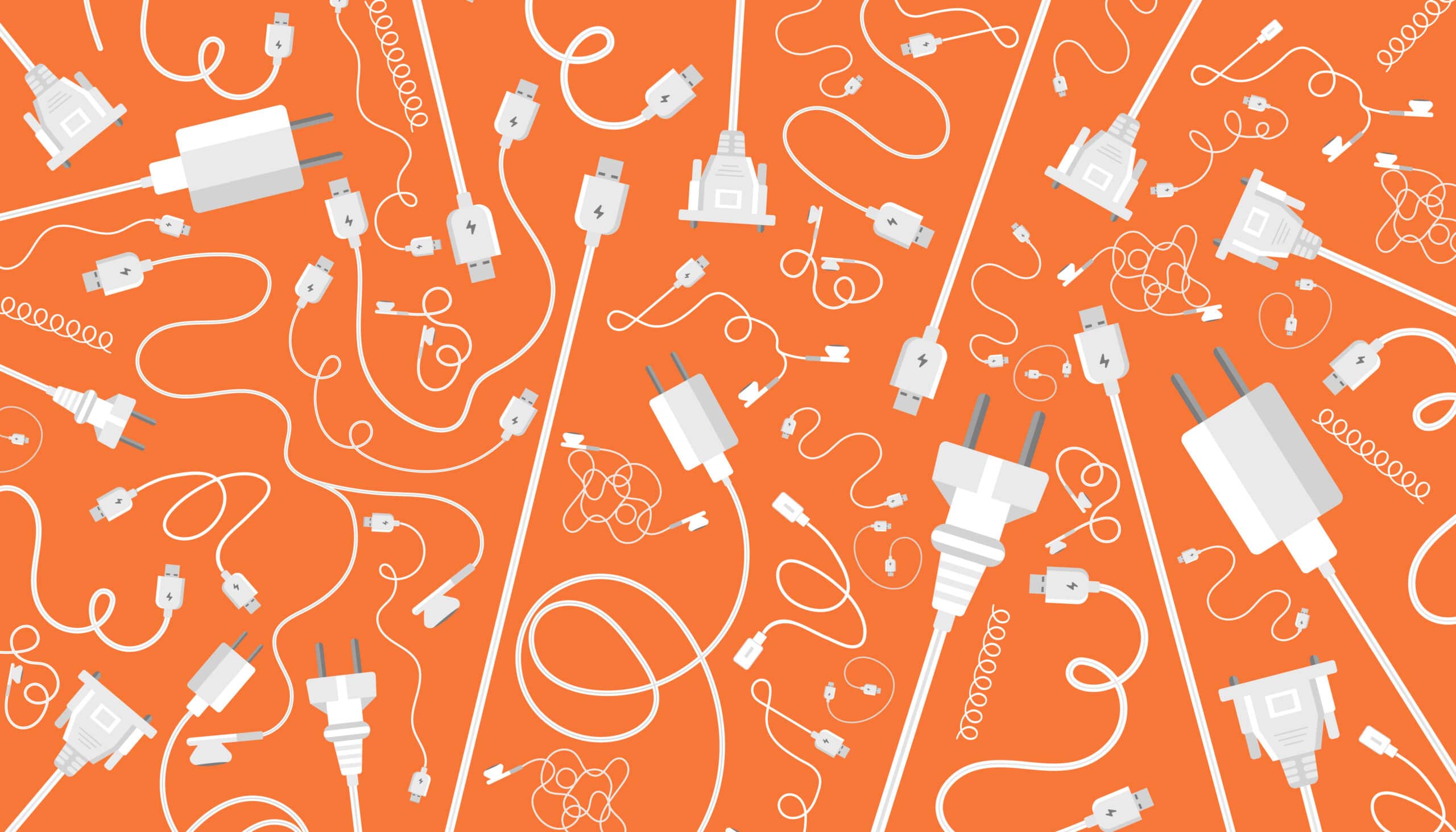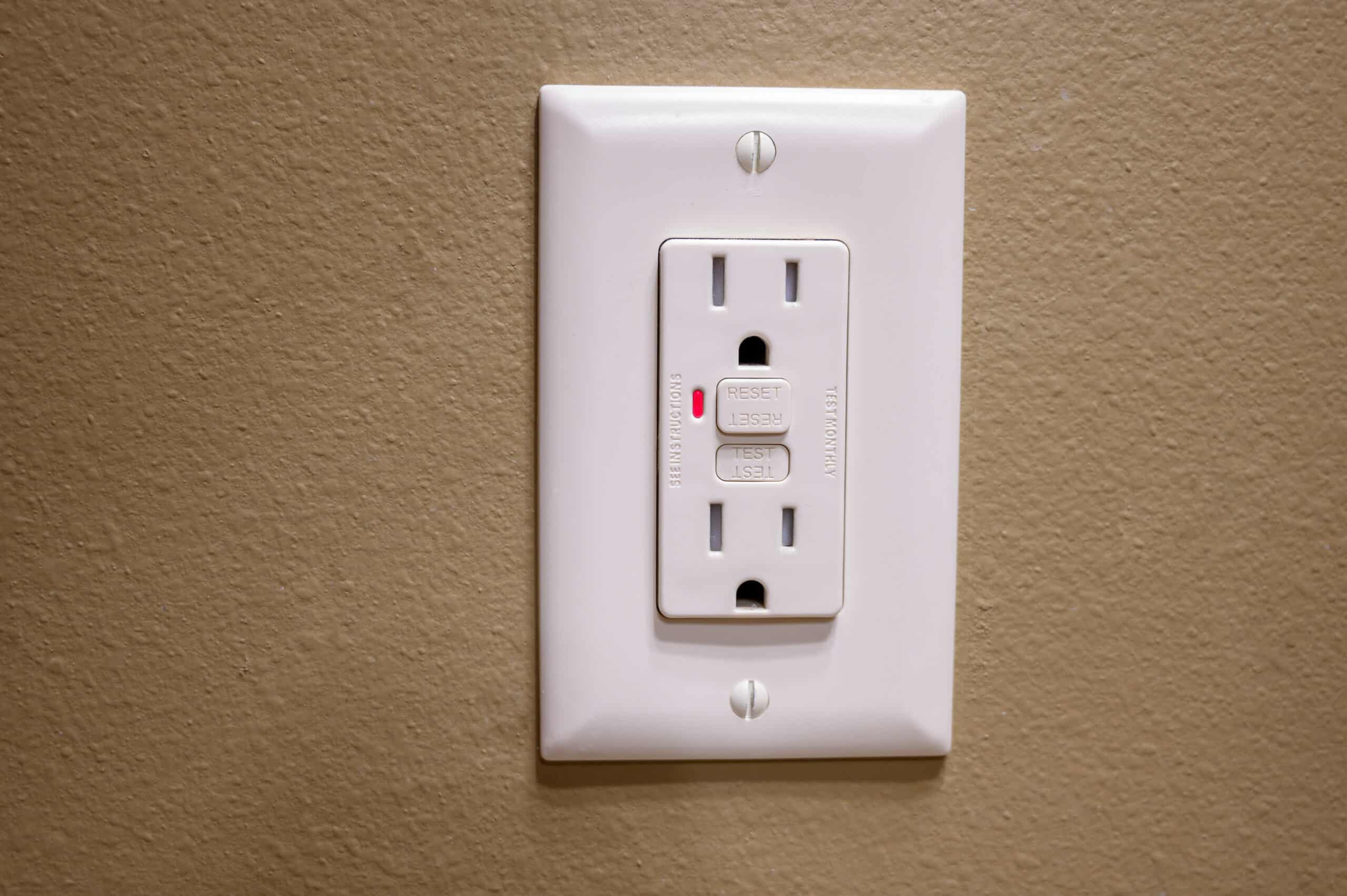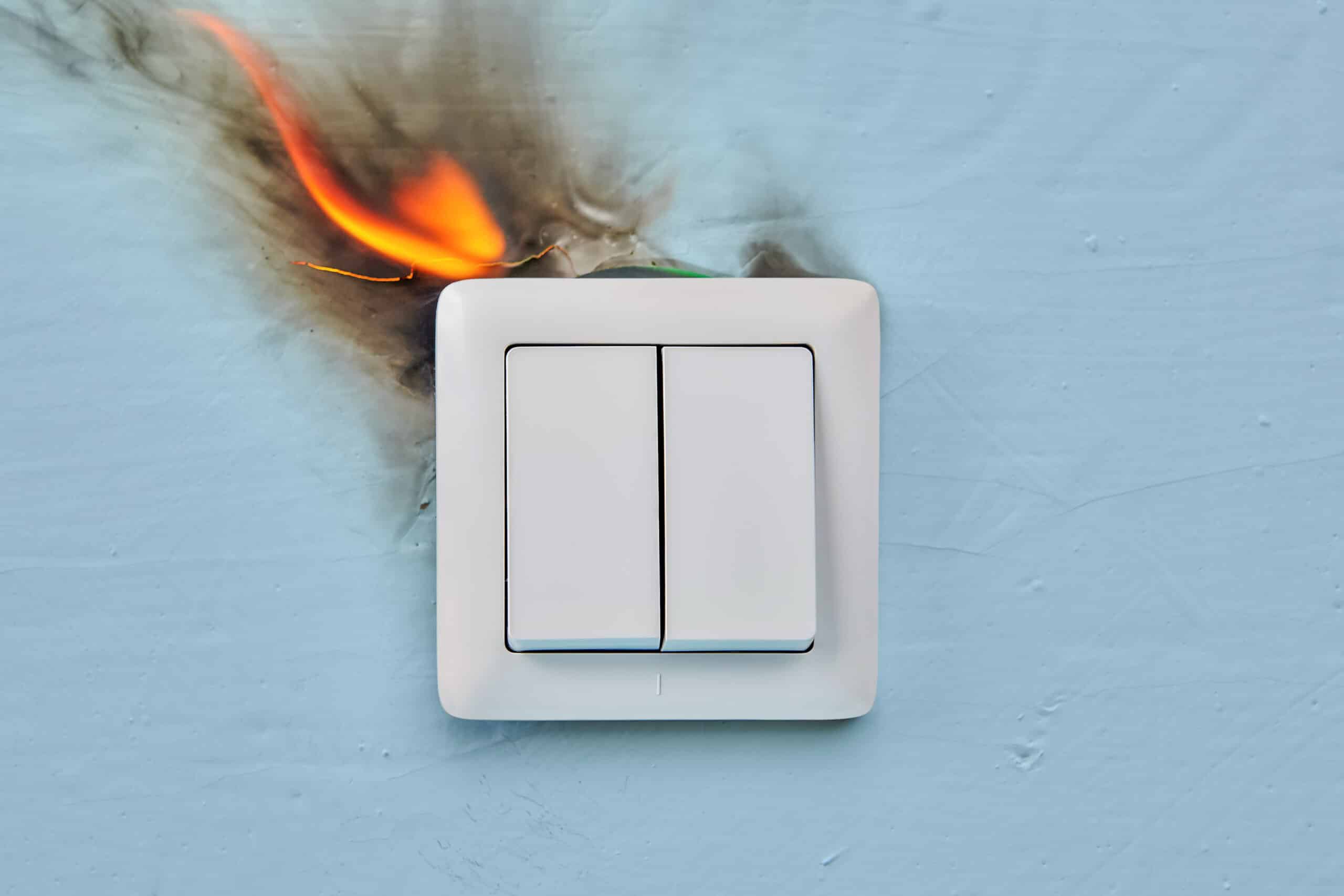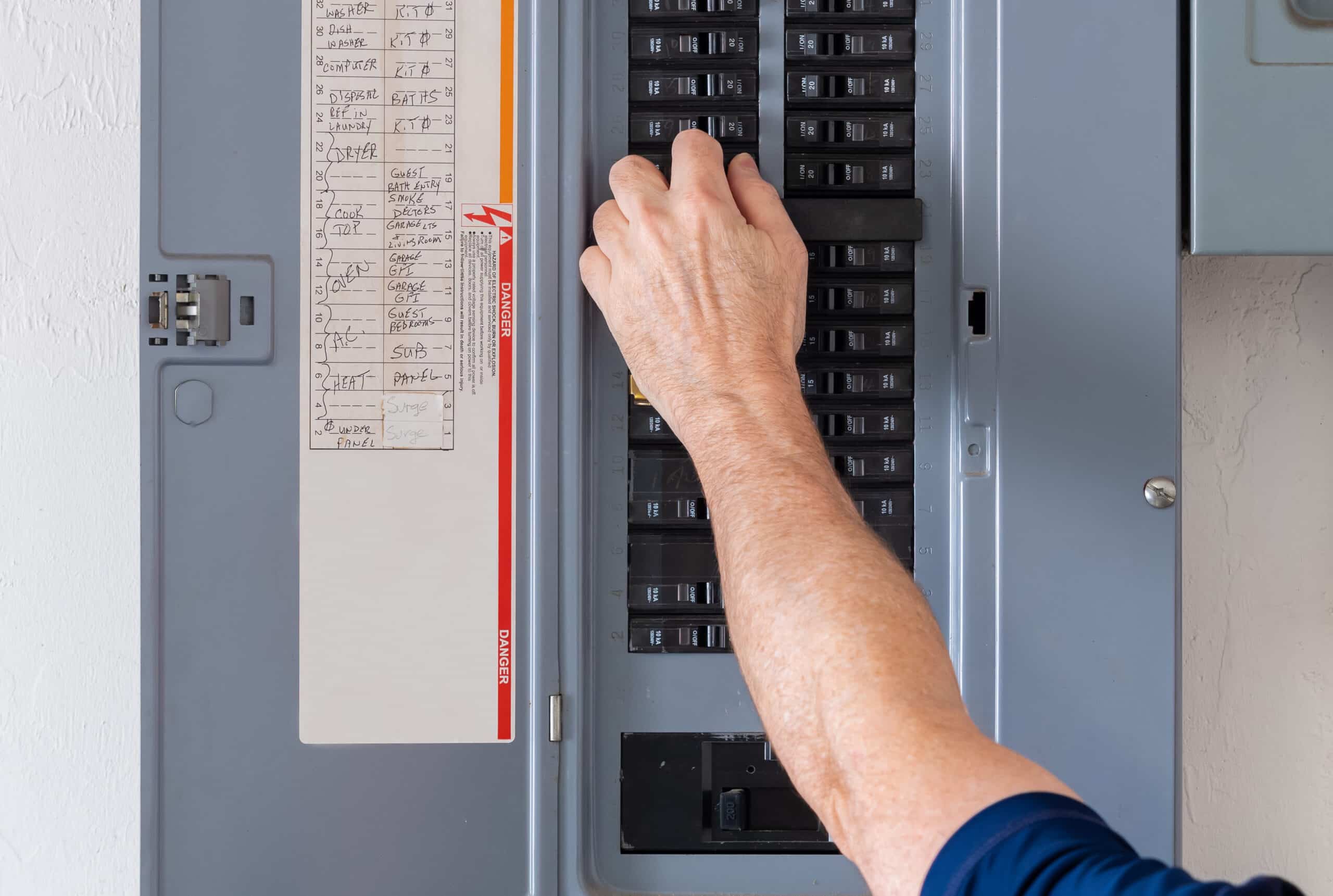
One of the biggest sections of a home inspection is the electrical system. The electrical system is the nervous system of your home. The panel acts as the brain, while the circuits comprise each limb of the home. That’s why it is understandable that clients often have the most concern and questions about the electric portion of the home inspection.
Very rarely does an inspection happen that doesn’t have some sort of electrical defect. The electrical system inspection is a thorough examination of your entire electrical system. This inspection helps ensure all electrical wires, systems, and components are working properly and meeting safety guidelines. Let’s look at some of the most common electrical issues found during a home inspection.
Find #1: Missing GFCI Protection in Required Locations
The locations that GFCIs are required is pretty simple. Any area that may have a water source or becomes wet needs a GFCI for protection. Bathrooms, kitchens, wet bars, laundry rooms, garages, outside, and in the crawlspace are typically the most common places where a GFCI is needed for safety. This includes anywhere in these areas, not just near the water source. An occupant can set a pot of water on any counter, and that pot of water has now become a water source. Garages typically contain flammables and outside has the possibility of rain and water hoses.
Ground fault is simply when live electricity unintentionally makes its way to the ground path. When this happens, there is a potential for electrical shock and even fires. The GFCI detects this live electricity straying from its intended path and cuts the power to prevent the possibility of electrical shock. This is especially necessary for rooms with water sources, as water is a great conductor of electricity and incredibly mobile. You will know if there is GFCI protection in these locations easily. GFCI receptacles have two buttons, test and reset, located usually in the middle of each outlet. If you do not see this, look inside your electrical panel; you may see that some of your breakers have a test button on them. It is typically advised to test these monthly to ensure they still operate.

Find #2: Ungrounded Receptacles
Ungrounded receptacles are dangerous for just the same reason as not having GFCIs in water-prone areas. There is a risk of electrical shock and electrical fires. The ground wire is intended to give electricity a path back to the ground. A fault can be something akin to a damaged toaster’s hot wire coming in contact with the metal body of the toaster. When a user goes to use that toaster if there is no ground wire, the metal-bodied toaster is now carrying live electricity. With a ground wire, the electricity has a path to make it back and the breaker will sense the fault and the breaker will trip, thus protecting the occupant.
There are two common types of non-grounded receptacles, two prongs and three prongs. Two-prong receptacles are always non-grounded. Three-prong non-grounded receptacles occur when a two-prong receptacle is replaced with a three-prong receptacle or when the receptacle or circuit is not wired properly. There is only one way to fix non-grounded circuits, and that is to have the circuit re-wired by an electrician. Though there is a cheaper alternative that is permitted by the NEC, and that is to replace the first receptacle on the circuit with a GFCI receptacle. This way, there is better protection from any ground faults.
Find #3: Unprotected Wiring
All wiring is supposed to be protected from any damage. This will prevent electrical shock and potential fire hazards. As you move through your home, the only wires you should see are the cords you have plugged into your receptacles. Your permanent wiring should be hidden behind walls, floors, and ceilings. In non-habitable areas such as your unfinished garage, it is permitted to see sheathed wires, but they still need to be protected from any potential harm. An exposed wire that is graspable by a person could unintentionally be grabbed and result in shock. A damaged wire near metal could potentially arc and cause a fire.

Find #4: Oversized Breakers or Fuses
Have you ever found yourself trying to run your vacuum while your space heater is on, and your breaker just keeps tripping? If so, your breaker is working properly; though you may have heard to “fix” that, you can just get a larger breaker. This is doable, yes, but very bad advice. The breaker is sized appropriately for the wiring used on the circuit it is protecting. Without getting too deep into the science of electricity, the more electricity you are using on one circuit, the hotter the wires get. These wires are rated for so much heat, and if they start to exceed this heat rating, the breaker trips. This gives the wiring on the circuit a chance to cool and notify the occupant that they’re stressing this circuit too much. If the breaker is replaced with a larger one, the wiring will now have the ability to carry more heat than they are rated for without tripping the breaker. Prolonged use above the wire’s heat rating can and may lead to an electrical fire. This fire could start anywhere in the circuit, including behind walls.
Find #5: Improperly Wired Sub-Panels
It is a given, that once we get that detached garage, we just imagine it as a great workspace. First, we need to run power, though, and some of us know just enough to be dangerous, and that is a fact! Improperly wired sub-panels are typically the error of homeowner work. As inspectors, we see that this is done with the neutrals and grounds together, as they are typically found in the main panel. You may be wondering why it is okay to be like that in the main panel but not the sub-panel. While in the main panel, the grounds and neutrals meet at the bus bar that leads to one of two paths, the normal neutral wire back “out” of the home or to the ground wire down to the grounding mechanism. Now, in the sub panel, if there were a ground fault that is live electricity would travel back the ground wire to the shared bus bar and potentially back any neutrals wires originating in the sub-panel while “looking” for its way “out.” When the neutrals and grounds are separated in the sub-panel, the ground fault’s live electricity will travel all the back to the main panel’s bus bar, which will lead to one of the two intended paths, the neutral “out” or down the grounding mechanism.
It is rare that an inspection doesn’t have some sort of electrical defect. Because the electrical system is the brain and nervous system of the home, it is vital that the system is functioning properly. Our inspection of the electrical system is a thorough examination of your entire system including all electrical wires, systems, and components are working properly and meeting safety guidelines. This inspection informs clients about the current condition of the electrical system, and that helps them make more informed decisions moving forward.

